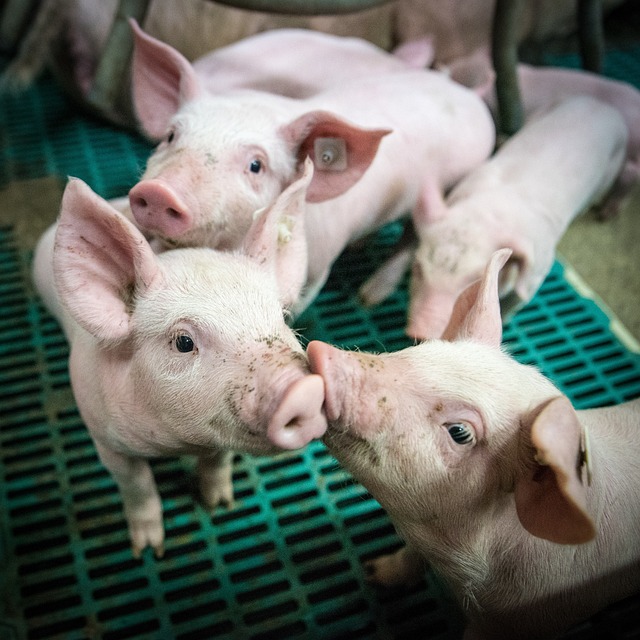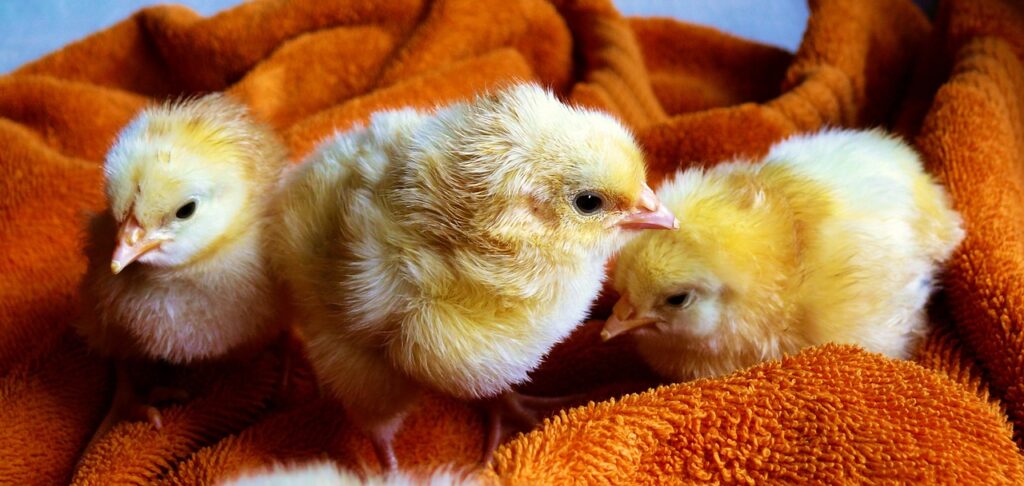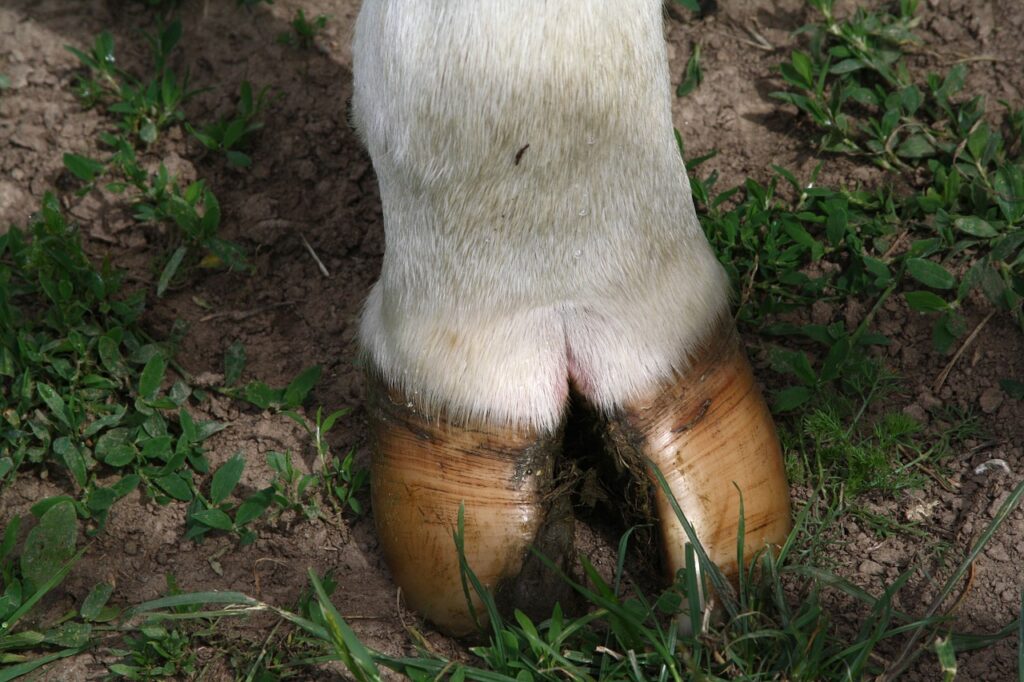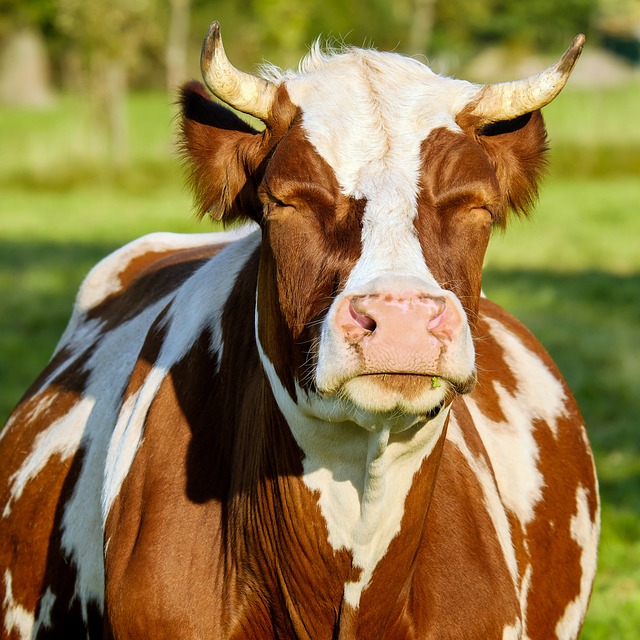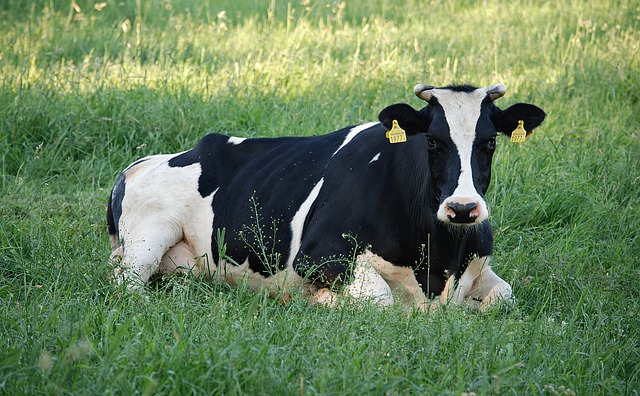Piglet anaemia poses a significant challenge in swine farming, impacting the health and well-being of newborn piglets. The condition is primarily attributed to low iron levels in the haemoglobin, the vital component responsible for oxygen transport in the blood. This article explores the causes, symptoms, and control measures for piglet anaemia, emphasizing the importance of proactive management strategies to ensure the overall health of the swine herd.
Causes of Piglet Anaemia:
Anaemia in piglets arises from insufficient iron levels in their haemoglobin. The inherent lack of iron in sow’s milk, coupled with the modern practice of indoor rearing on non-porous surfaces like concrete or metal floors, necessitates additional iron supplementation. In natural conditions, piglets could obtain sufficient iron from soil, but the shift to indoor rearing has altered this dynamic.
Symptoms of Piglet Anaemia:
Identifying piglet anaemia involves observing specific visual cues. Anaemic piglets exhibit a pale appearance, and they may accumulate fluid around the throat, brisket, and internal body spaces. Additionally, these piglets are more prone to scouring (diarrhoea), which weakens their resistance to other conditions and diseases. Left untreated, anaemia is responsible for approximately 10% of pre-weaning deaths in litters.
Challenges in Iron Absorption for Piglets:
Newborn piglets lack sufficient iron until weaning, and sow’s milk alone does not provide adequate amounts. In natural outdoor conditions, piglets may acquire iron from the soil. However, the shift to indoor rearing has disrupted this natural source. Consequently, piglets reared indoors on non-porous surfaces require supplementary iron to prevent anaemia and its associated complications.
Management and Control Strategies:
Addressing piglet anaemia requires a multi-faceted approach, encompassing proper nutrition, vigilant monitoring, and timely intervention. The following strategies are effective in preventing and managing anaemia in piglets:
Supplemental Iron Injections:
Administer iron supplements through injections, commonly using iron dextran, iron galactan, or other iron compounds.
Ensure injections are given before piglets reach 72 hours old.
Administer injections into the muscle or under the skin, following the manufacturer’s guidelines.
Subcutaneous injections can be administered over the rib cage.
Oral Dosing:
Provide oral iron doses as an alternative to injections.
Oral dosing avoids issues such as staining, lameness, and infections associated with injections.
However, oral dosing is more expensive and may be less reliable if piglets are experiencing diarrhoea, as gut absorption becomes less efficient.
Conclusion:
Piglet anaemia is a critical concern in swine farming, with implications for piglet health and overall herd productivity. Vigilant monitoring, coupled with strategic iron supplementation through injections or oral dosing, is crucial for preventing and managing anaemia in piglets. Implementing these management practices ensures optimal growth, reduces mortality rates, and contributes to the overall success of swine farming operations. Farmers should prioritize a high standard of management and nutrition, especially when weaning piglets at less than 21 days, to safeguard the well-being of their swine herd.

